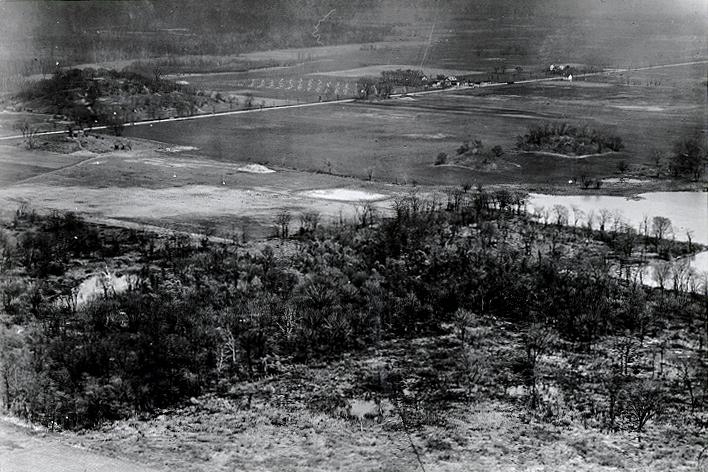
Mounds - a reflection of surplus accumulation, wealth, and the presence of an elite.

Mounds - a reflection of surplus accumulation, wealth, and the presence of an elite. | Hunter-gatherers, horticulturists, and particularly farmers who are able to produce more food than they can eat, often transform their surplus into a non-perishable forms of wealth (HDYK-ECON). Just like today's successful farmers who may purchase items like cars, boats, and large homes that convey their success, individual Mississippian households may have acquired finely made household items including Ramey-Incised pots, shell beads, or chert hoes with their food surplus. (This is also true for many countries in the world today. In the United States, for example, a large part of our exports are food related. Interestingly, many of these food exports pass down the Mississippi River before being shipped overseas.) |
| In broad terms, the ornaments fashioned from exotic material and mounds in the Mississippian American Bottom reflect the transformation of a perishable surplus such as foodstuffs, craft items, and percieved socio-political power, into material wealth. The presence of a non-farming elite is indicative of surplus turned into wealth. Much like today, development of a wealthy family may have had its genesis in an individual household or group of households related by kinship that accumulate wealth and favors. To be sure, others may have acquired stature not through their labor and the creation of wealth, but through their deeds, charisma, and "special powers." Without a surplus in some segment of society, however, even the charismatic and powerful cannot convert their special skills into wealth. Once an important wealthy family is in place, the growth and maintenance of this new economic elite is dependent on the labor of others, notably those with less wealth and stature. |